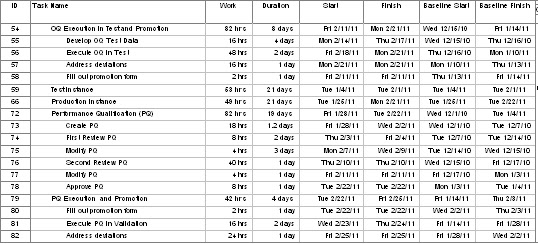A few days later, Father Drew was visiting Gwilym in his home and saw his son sitting by the bedside, talking with his father and playing with the two puzzles he was holding on the day of the collapse. The dinner board was between them, resting on Bleddyn's knees and Gwilym's bed. “What are these two wooden toys you play with, son?” he inquired.
“They’re two different ways to build a tower. My father made them. Look how they work.”
Bleddyn soaked them in water and pulled them apart. They were miniature logs with notches cut out; very well fashioned.
“Now this first one is like the way the tower was being built,” Bleddyn explained while his father looked on indulgently. “Watch what happens when we put it together and the wood shrinks. All wood will shrink over time.”
Bleddyn expertly stacked the logs on top of each other, the notches just providing enough room for the logs above and below to snugly fit. He placed this in the doorway where the sun could dry it.
“And while that dries, we’ll build the other one.”
In this model, notches were angled in both logs so that the building was a little more complex. Once again it came together snugly and Bleddyn placed it next to the other in the doorway.
“They’ll be dry in an hour and you’ll see why my father is so smart.”
Father Drew smiled and turned to Gwilym. “How are you today, son? Is the pain any better?”
“Grainne gave Kaitlyn some tea for me that eases the pain a little. She also says that we are to have twin sons! How do you like that?”
“She is wise in the healing arts but I believe that only God knows what kind of children you are to have. But I think she can tell if you are to have two. That is dangerous for Kaitlyn. Will you bring her to the convent for the birth? A midwife may not be enough.”
Gwilym hesitated and stammered out a response, “Well, I have high respect for your nuns and all, but I heard what Grainne did for my leg and I’d like to have her at the birthing. Didn’t you say she is a skilled healer?”
“I did say so, and from what I saw her do, she is skilled. But I have asked about her and she is unreliable, coming and going at her whim. Are you sure she will be in the village when you need her?”
“The village midwife said she will send for her when the time is right. Tirion says she always comes when called.”
Father Drew smiled kindly on the man. “Be it as you wish. I have another matter to discuss with you Gwilym. The tower must be built before the summer and I need a new foreman. All the men say they will follow you. I can double your wages and pay you for the time you will lie in bed. What do you say to that?”
Gwilym grimaced as he twisted in bed, then looked with interest into the face of the priest. “The people of this village think there is a curse on the tower. It has been rebuilt many times.”
Father Drew met Gwilym’s gaze and replied, “Yet, you do not believe in the superstitions. Why has it fallen so many times?”
“The tower was built in Vortigern’s time







